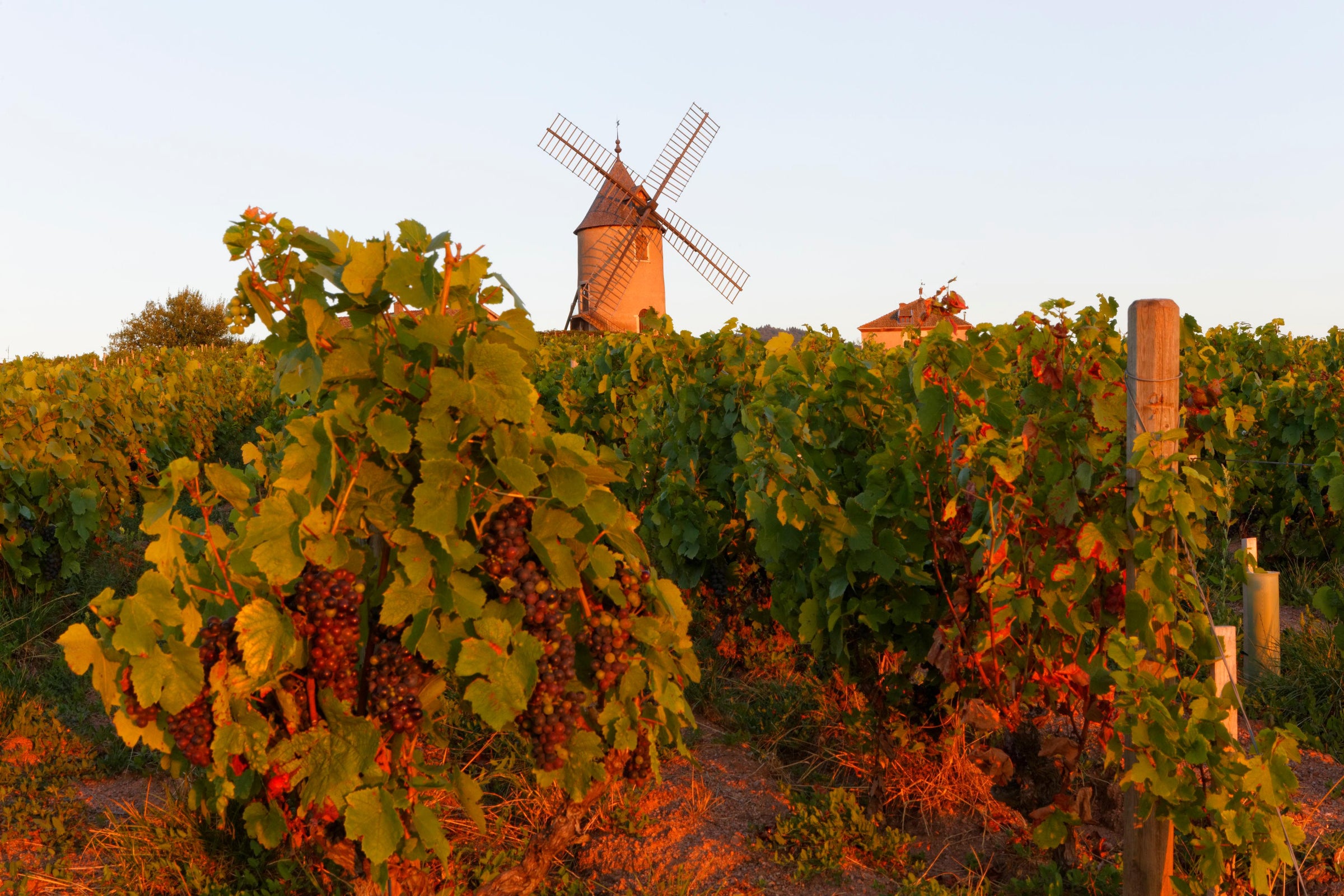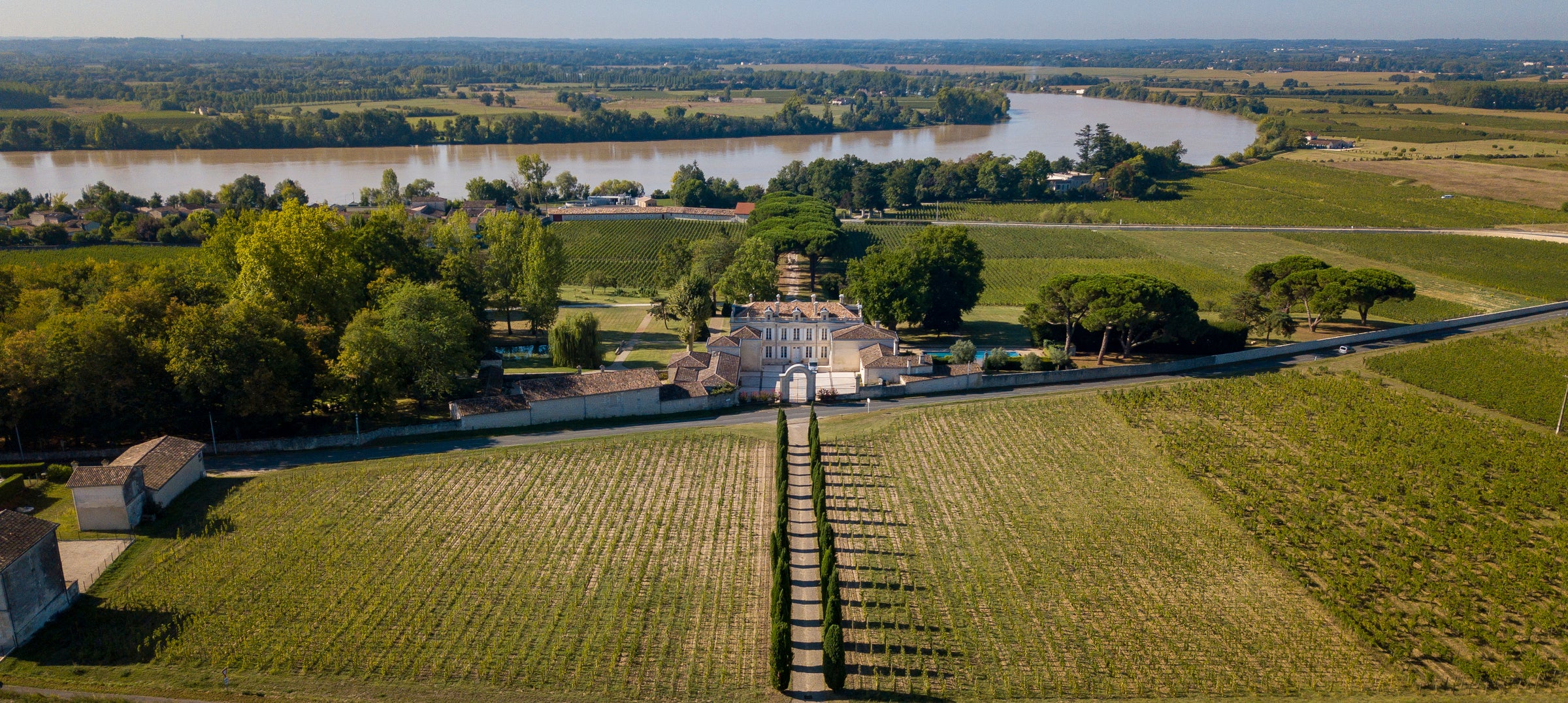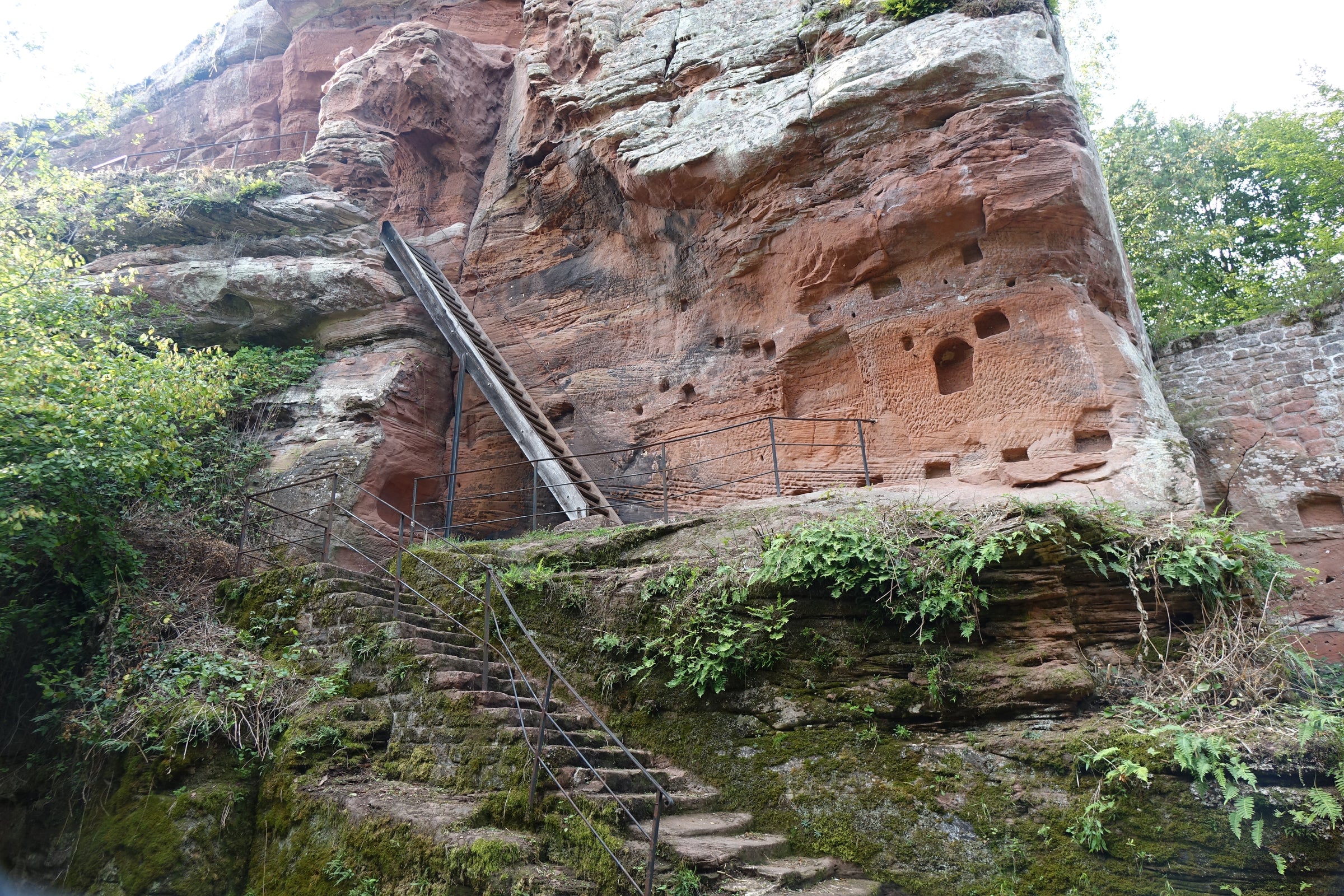With the help of Remoissenet’s West Coast importer, we not only visited this venerable Burgundy house recently but got to prowl its catacomb-like cellars with longtime manager Bernard “Bernie” Répolt. This place is a trove of older vintages, and at one point Bernie halted in front of a stack of “shiners” (dusty, unlabeled bottles) that hadn’t likely moved since they were bottled many years ago. He chose one and pulled the cork, and proceeded to blow our minds.
The wine was a 1967 Chambolle-Musigny and it was stunning, encapsulating everything great old red Burgundy should taste like. Of course we asked if we could buy some, and amazingly, he said yes! This is, apparently, something Bernie does from time to time, and, with our importer’s blessing, he hand-selected the bottles with the best fills for us. This freshly labeled custom parcel has now arrived, direct from Remoissenet, in our warehouse—a 1967 Chambolle-Musigny that is still alive, deeply flavorful, and endlessly intriguing, a testament to a great terroir, a great house, and perfect storage. The stack of bottles from which our parcel was culled literally hadn’t moved in 50 years. Love mature red Burgundy? Today’s your day!
To say that Remoissenet is a historic négociant would be a gross understatement. In 2007, my father and I visited Remoissenet and it was an experience I will never forget. We entered an unremarkable building in the center of Beaune and started down a flight of stairs that seemed to descend in temperature with each step. The vast cave below revealed a winery and cellar, built in the 1300s, which connects to the medieval walls of Beaune itself. In 2005, a new ownership group, which includes the New York real estate developer (and passionate Burgundy collector) Ed Millstein, took over the property, and it has been enjoying a renaissance ever since. Retaining a veteran hand like Répolt was a smart move: He’s the docent in what is effectively a museum loaded with priceless art.
This wine is, of course, one that will need to be handled with special care. You’ll want to have a two-pronged “ah-so” opener on hand if there are difficulties extracting the cork (which, it’s important to note, is the bottle’s original closure—these wines were not reconditioned before shipment, just labeled). If you’re using a waiter’s-style opener, insert the worm at an angle rather than straight down, and pull up very slowly. If the cork breaks, don’t worry—just have a fine mesh strainer or some cheesecloth handy to strain out any stray bits.
Thanks to its impeccable provenance, this wine does not fall apart and instantly oxidize upon opening—in fact, it takes about 15-20 minutes to blossom once opened. In the glass it still displays hints of its original ruby-red at its core, though the overall impression is a tawny orange. Highly perfumed aromas of dried cherries, dried flowers, leather, forest floor, anise and cedar fill the glass immediately, and they persist while evolving every minute. The palate is pillow-soft and the finish is quite long and savory, with lots of dried flower/dried herb notes lingering for what seems like minutes. I would advise not decanting this wine. Simply stand the bottle up for 24 hours in a dark and cool place, and then, when ready to enjoy, carefully remove the cork and let the bottle sit untouched for 20-30 minutes. This is a rare treat to savor now, slowly, at 60 degrees in your fanciest Burgundy stems. The wine will blossom after a few minutes in the glass and evolve in a positive direction for 30 more minutes. While it’s certainly a candidate for contemplative solo sipping, a plate of paté-topped toasts would make a nice accompaniment. That’s a soulful, earthy, piece-of-history pairing to share with someone special. Enjoy!






